Home>Ideas and Tips>Creating A Functional Mudroom With Built-in Humidifier
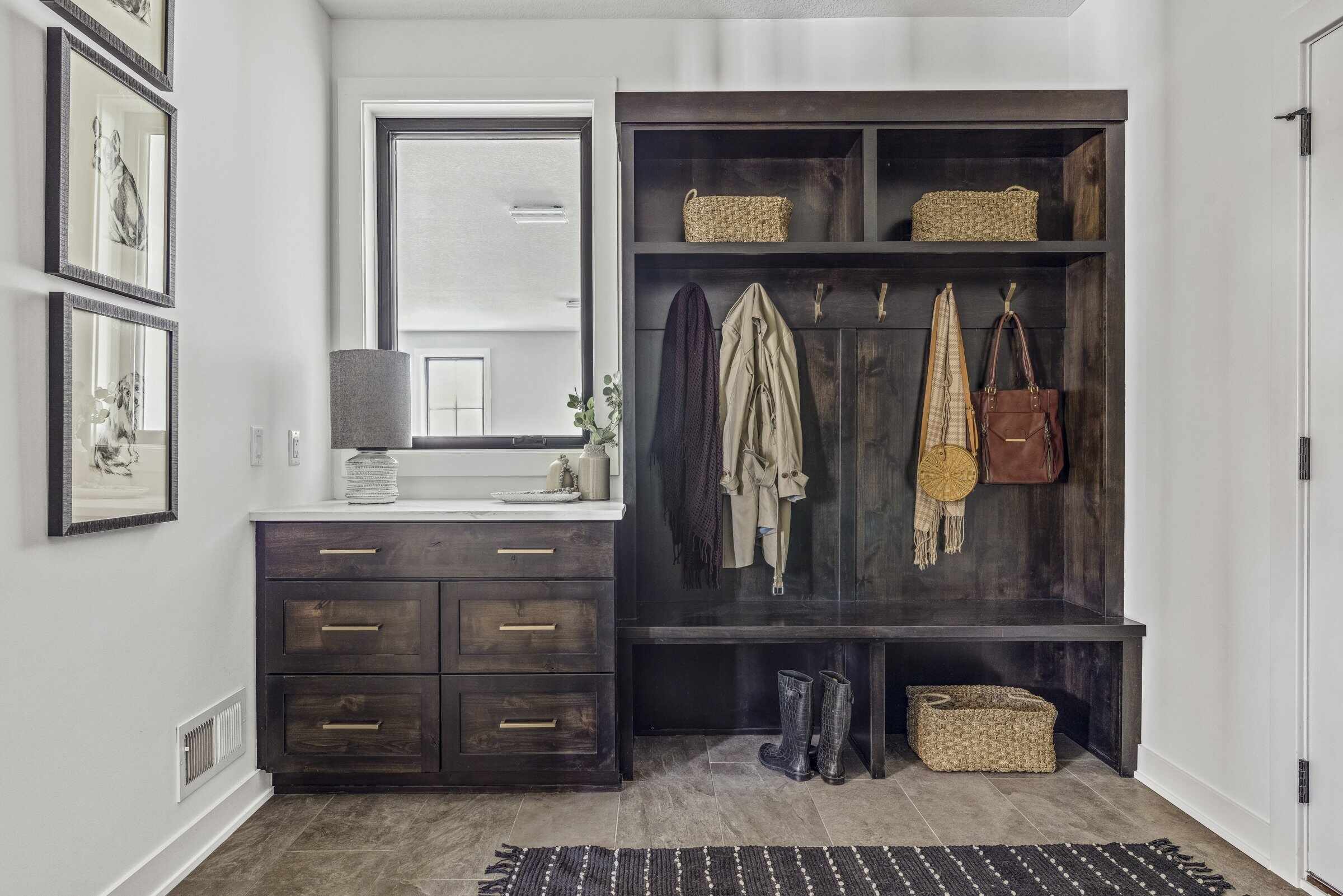

Ideas and Tips
Creating A Functional Mudroom With Built-in Humidifier
Published: August 30, 2024
Design a functional mudroom with built-in humidifier. Discover tips for storage, durable flooring, and more to keep your home organized and clean.
(Many of the links in this article redirect to a specific reviewed product. Your purchase of these products through affiliate links helps to generate commission for Storables.com, at no extra cost. Learn more)
A mudroom is more than just a transitional space between the outdoors and indoors; it is a crucial area that helps maintain the organization and cleanliness of your home. With the right design and features, a mudroom can be both functional and stylish, making it an essential part of any household. In this article, we will explore the key elements of designing a functional mudroom, including the importance of built-in humidifiers, and provide practical tips for creating such a space.
What is a Mudroom?
A mudroom is a designated area where family members take off their outdoor clothing, shoes, and accessories. It serves as a "drop zone" for items that are not needed once inside the house, thereby keeping them from being scattered throughout the home. This space is particularly useful for families with children or pets, as it helps keep the main living areas clean and clutter-free.
Essential Elements of a Functional Mudroom
1. Proper Storage
Proper storage is the backbone of a functional mudroom. Each family member should have their own section to keep their items separate. This can include lockers, cubbies, hooks, and baskets. For example, each locker can have a rack to hang coats and backpacks, with two small drawers for seasonal items like ski pants, gloves, and hats.
2. Durable Flooring
The flooring in a mudroom must be durable and able to withstand moisture. Tile or natural stone are ideal choices because they are easy to clean and resistant to water and mud. Hardwood flooring with a commercial clear coat can also work well, especially if paired with a thick absorbent carpet at the door to prevent moisture from penetrating through to the hardwood.
3. Non-Slip Doormat or Rug
A non-slip, washable doormat or rug is essential for this high-traffic area. It helps prevent slipping and makes cleaning easier. This is particularly important in areas with mud, sand, or snow.
4. Adequate Lighting
Adequate lighting is crucial in a mudroom to ensure that family members can see what they are doing. Bright lighting helps maintain visibility and makes it easier to find items quickly. Avoid dim lighting as it can make the space feel cramped and disorganized.
5. Built-in Cabinetry
Built-in cabinetry is wonderful for storing items that need to be kept out of sight. Cabinets with doors provide closed storage, which is particularly useful for keeping seasonal items or less frequently used accessories. The cabinetry should be made of durable materials and painted or stained with high-quality finishes for easy cleaning.
6. Open Shelving
Open shelving is another practical option for storing items like big jackets or boots. It allows for easy access and visibility, making it easier to find what you need quickly. However, if space is limited, consider using well-organized closets or coat racks with benches and baskets underneath for shoe storage.
Designing Your Mudroom
1. Location
When designing your mudroom, it's beneficial to keep it close to the laundry and ideally a bathroom. This layout helps in several ways:
- Dirty Clothes: It allows dirty sports clothes to be put straight into the wash as people arrive home, saving time and mess.
- Hygiene: Having a bathroom nearby helps with messy children who can wash off before stepping further into the house.
2. Seating Area
Including a seating area where family members can sit and put on their shoes is essential. This not only provides a place to rest but also helps in keeping the main living areas clutter-free. A bench with storage underneath or inside can be particularly useful in small spaces.
3. Hooks for Hanging
Hooks for hanging coats and hats are a must-have in any mudroom. Choose hooks that are attractive and functional, such as those from Muuto, which can add a stylish touch to the space.
Practical Tips for Designing a Mudroom
1. Assess Your Family’s Needs
Before designing your mudroom, assess your family's needs. Ask questions like:
- How many people live in your home?
- What sorts of extracurricular activities do you each participate in?
- Do you have any regular visitors or guests who would benefit from having dedicated space in your mudroom?
- Do you have any pets?
Armed with this information, you can begin to design a functional layout from floor to ceiling.
2. Visual Scan from Floor to Ceiling
When planning through the elements of your mudroom design, visualize the space from floor to ceiling. Start with shoes at the bottom, followed by a bench for seating, hooks with cubbies for hanging items, and then above that, some kind of closed storage like cabinets or open cubbies with baskets for extra off-season items.
3. Communal Storage in Small Spaces
For small mudrooms, focus on communal storage rather than individual cubbies. Use seating with shared storage underneath or inside. A bench that opens up can stow sporting equipment, mittens, and other accessories. Add as many hooks as possible to maximize storage without cluttering the space.
The Importance of Built-in Humidifiers
A built-in humidifier in your mudroom can be a game-changer, especially in areas with low humidity or during the dry winter months. Here are some reasons why installing a humidifier is beneficial:
1. Prevents Dry Skin and Hair
Dry air can cause dry skin and hair, which can be particularly problematic for families with young children. A humidifier helps maintain a comfortable humidity level, keeping skin and hair healthy and moisturized.
2. Reduces Static Electricity
Dry air often leads to static electricity, which can cause clothing to cling together or even damage electronic devices. A humidifier reduces static electricity by maintaining a balanced humidity level.
3. Protects Flooring and Furniture
Dry air can cause wood flooring and furniture to crack or warp over time. By maintaining a moderate humidity level, a built-in humidifier helps protect these items from damage.
Practical Steps to Install a Built-in Humidifier
Installing a built-in humidifier in your mudroom involves several steps:
1. Choose the Right Humidifier
Select a humidifier that is specifically designed for indoor use and suitable for the size of your mudroom. Consider factors like noise level, ease of maintenance, and the type of humidistat it comes with.
2. Determine Placement
Decide where to place the humidifier in your mudroom. Ideally, it should be placed in a central location to ensure even distribution of moisture throughout the space. However, avoid placing it too close to walls or furniture to prevent water damage.
3. Install Ventilation
Ensure good ventilation in your mudroom by installing vents or windows. This helps prevent moisture buildup and ensures that the air remains fresh and clean.
4. Regular Maintenance
Regular maintenance is crucial for any humidifier. Clean the device regularly to prevent bacterial growth, and replace filters as recommended by the manufacturer. Also, check the humidistat regularly to ensure it is functioning correctly.
Decorating Your Mudroom
Once you have designed and installed your built-in humidifier, it's time to decorate your mudroom. Here are some tips:
1. Choose Durable Materials
Select durable materials for your mudroom's flooring, walls, and furniture. These should be easy to clean and resistant to moisture.
2. Add Aesthetic Touches
Add aesthetic touches like shiplap on walls or a floral design wallpaper to make the space visually appealing. Use decorative hooks and baskets to keep items organized while adding style.
3. Incorporate Additional Storage
Incorporate additional storage solutions like built-in cabinets or open shelving units. These can be custom-built or purchased from stores like IKEA's Besta cabinets.
Creating a functional mudroom with built-in humidifier requires careful planning and execution. By incorporating essential elements like proper storage solutions, durable flooring, non-slip doormats or rugs, adequate lighting, built-in cabinetry, open shelving units, seating areas with shared storage underneath or inside benches, hooks for hanging coats and hats, assessing family needs before designing it visually from floor to ceiling while focusing on communal storage in small spaces if necessary along with installing practical steps such as choosing right humidifier determining placement ensuring good ventilation regular maintenance decorating using durable materials adding aesthetic touches incorporating additional storage solutions will result into beautiful organized space which benefits entire household especially during changing seasons keeping everyone comfortable healthy happy
Was this page helpful?
At Storables.com, we guarantee accurate and reliable information. Our content, validated by Expert Board Contributors, is crafted following stringent Editorial Policies. We're committed to providing you with well-researched, expert-backed insights for all your informational needs.
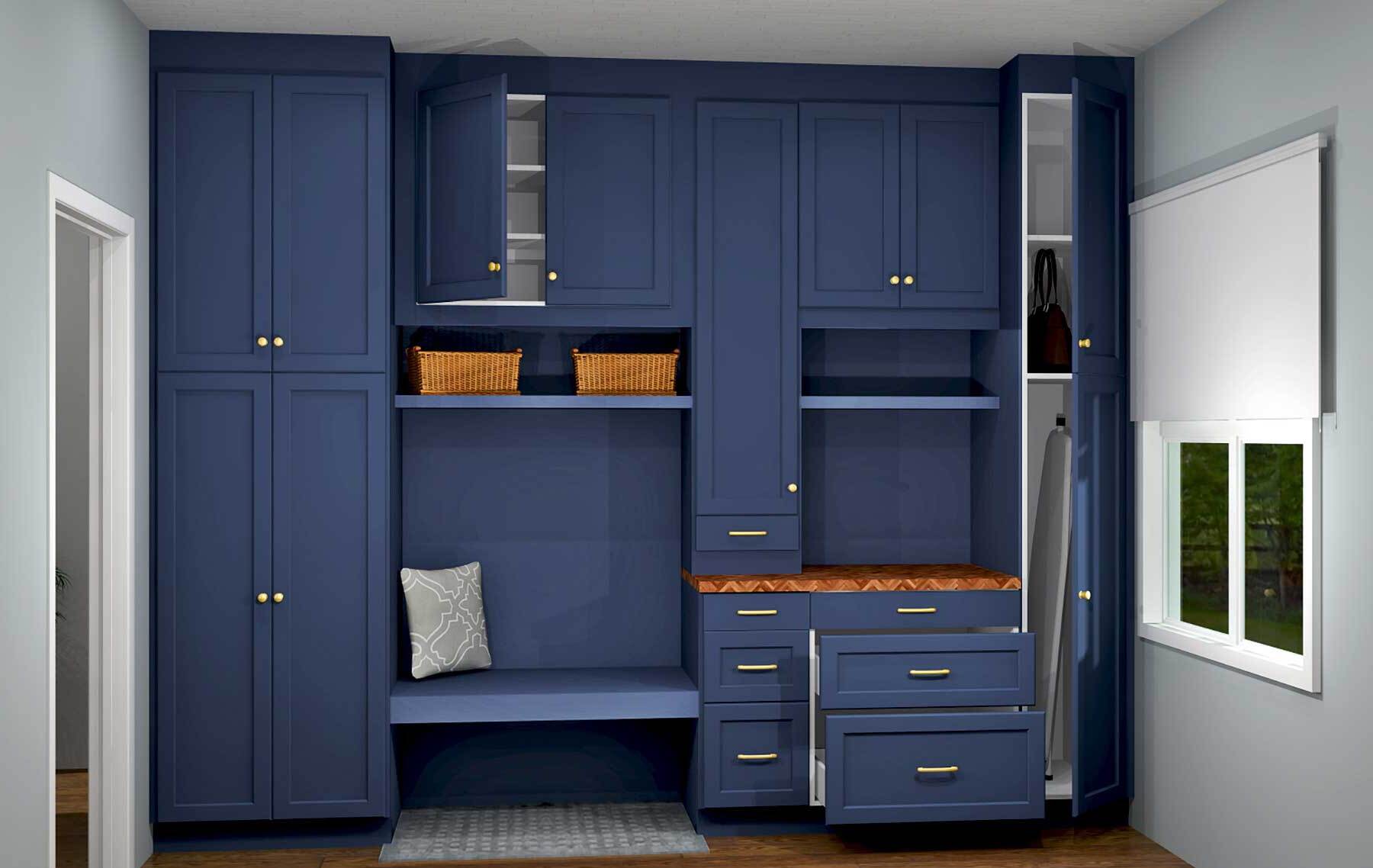
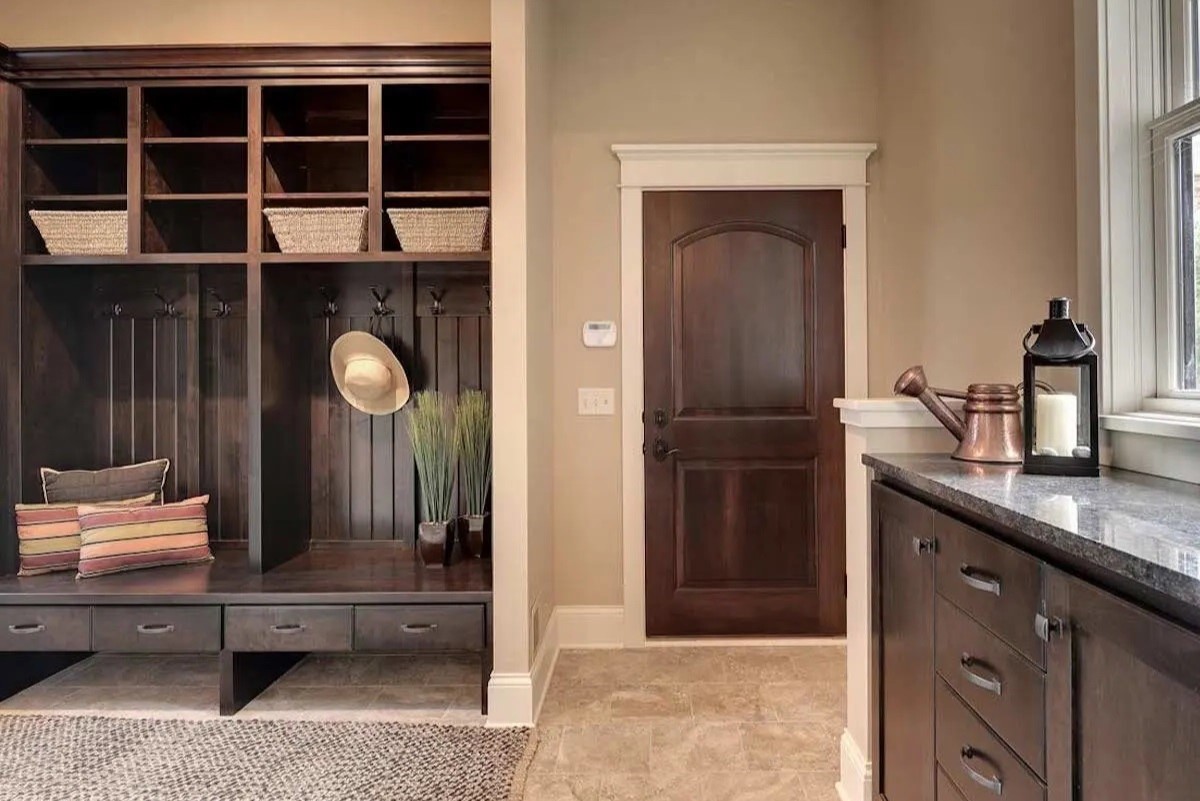
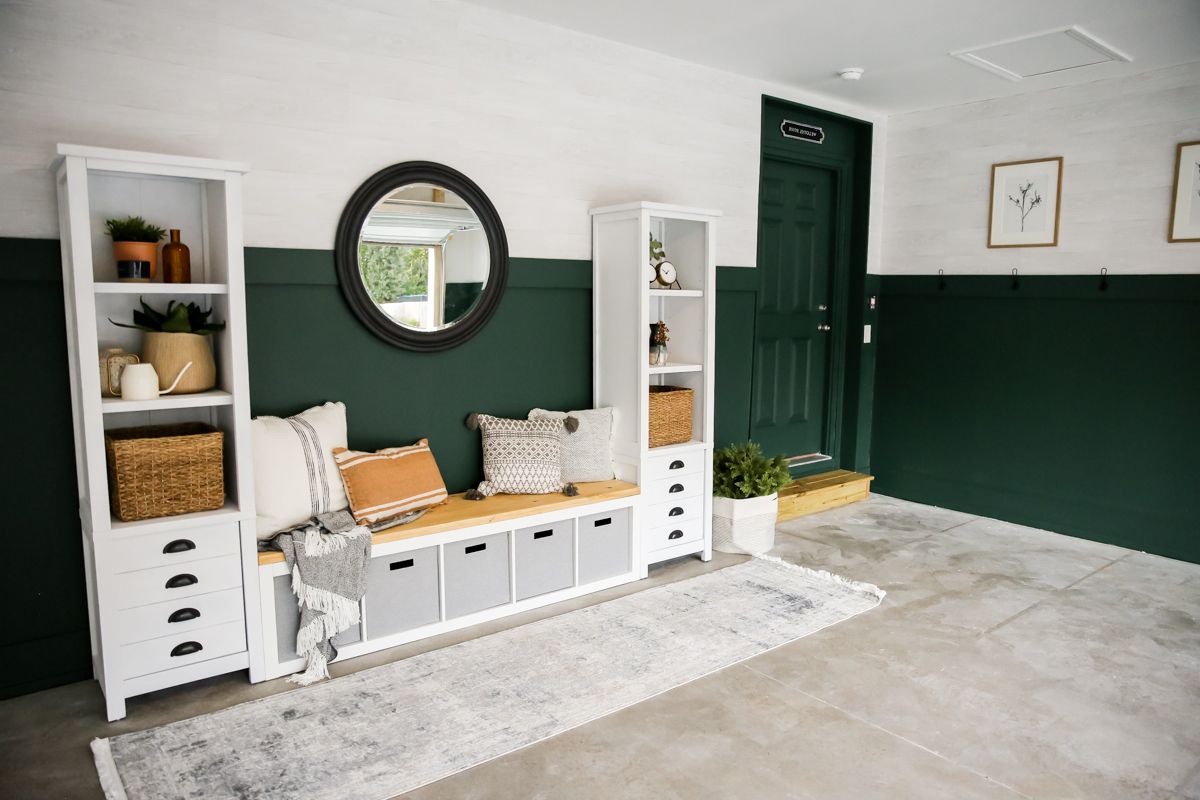
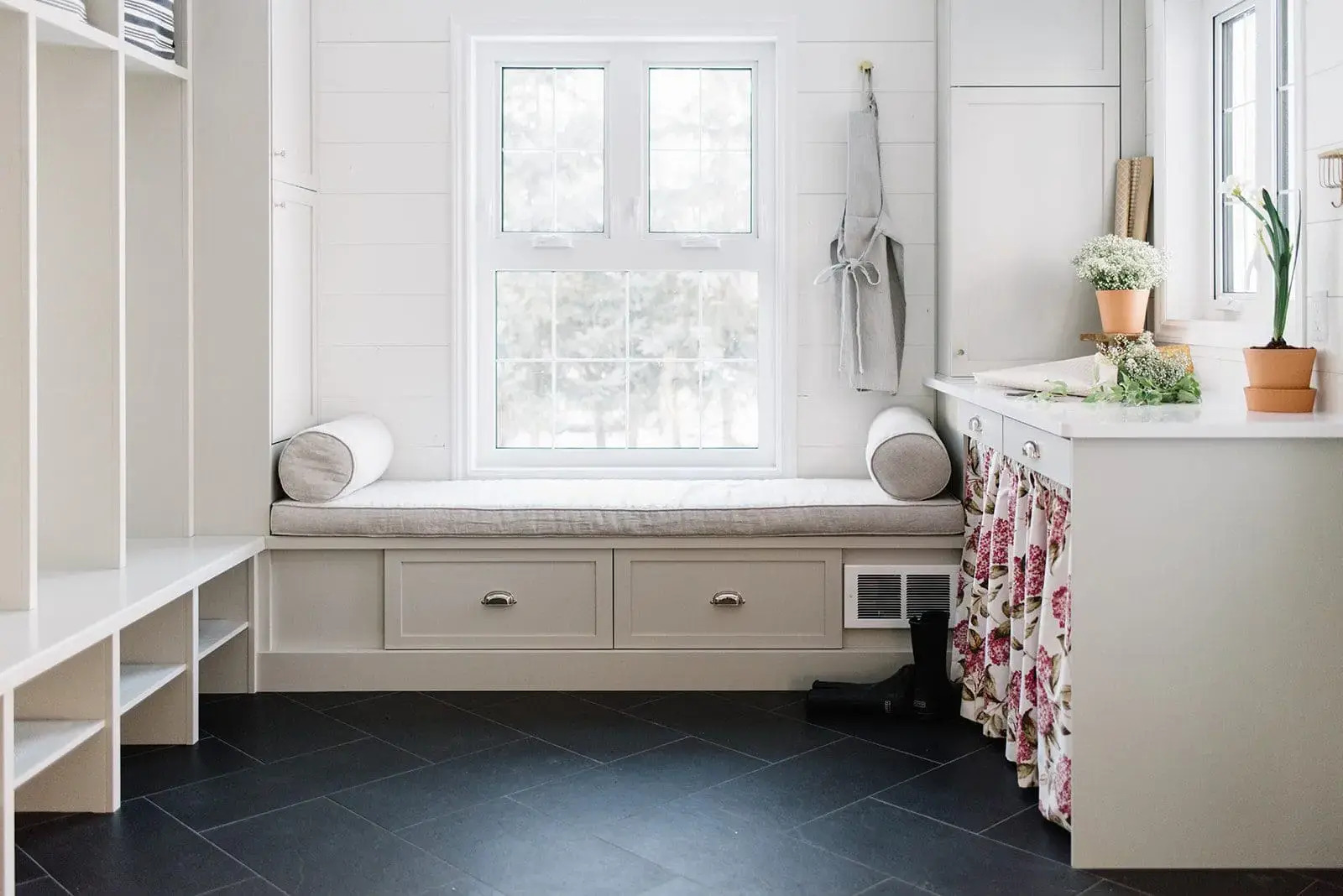
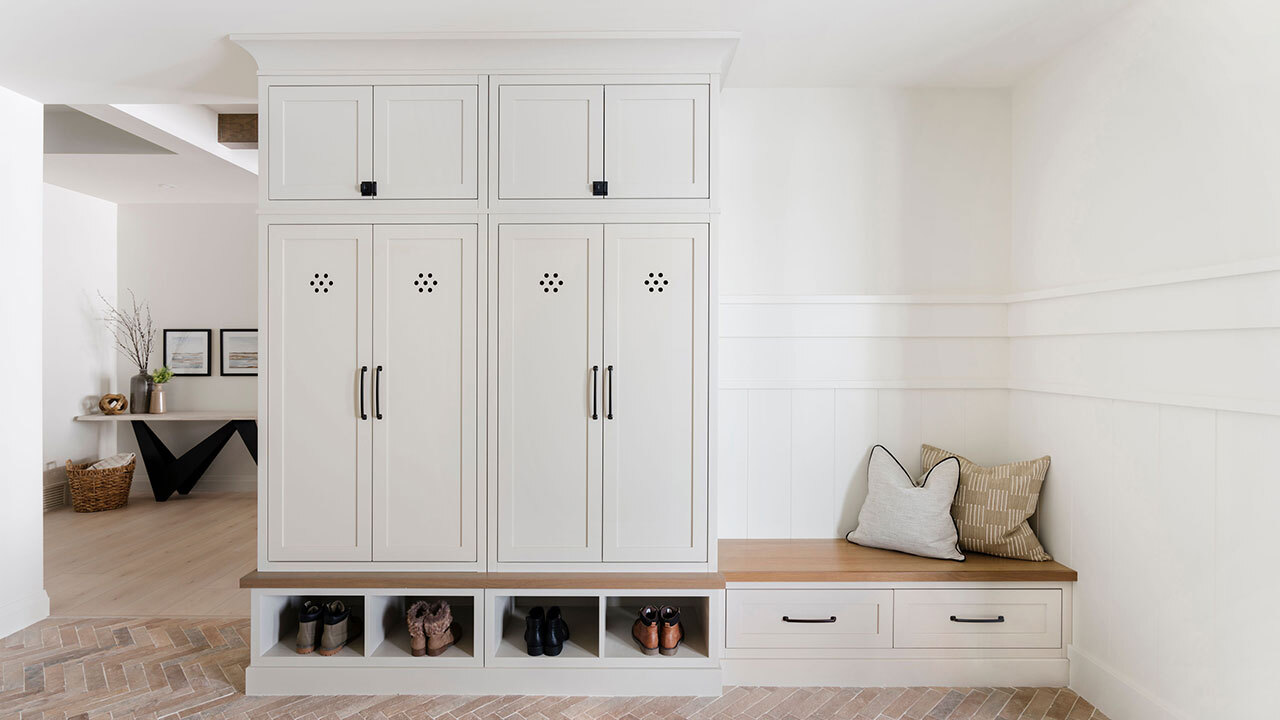
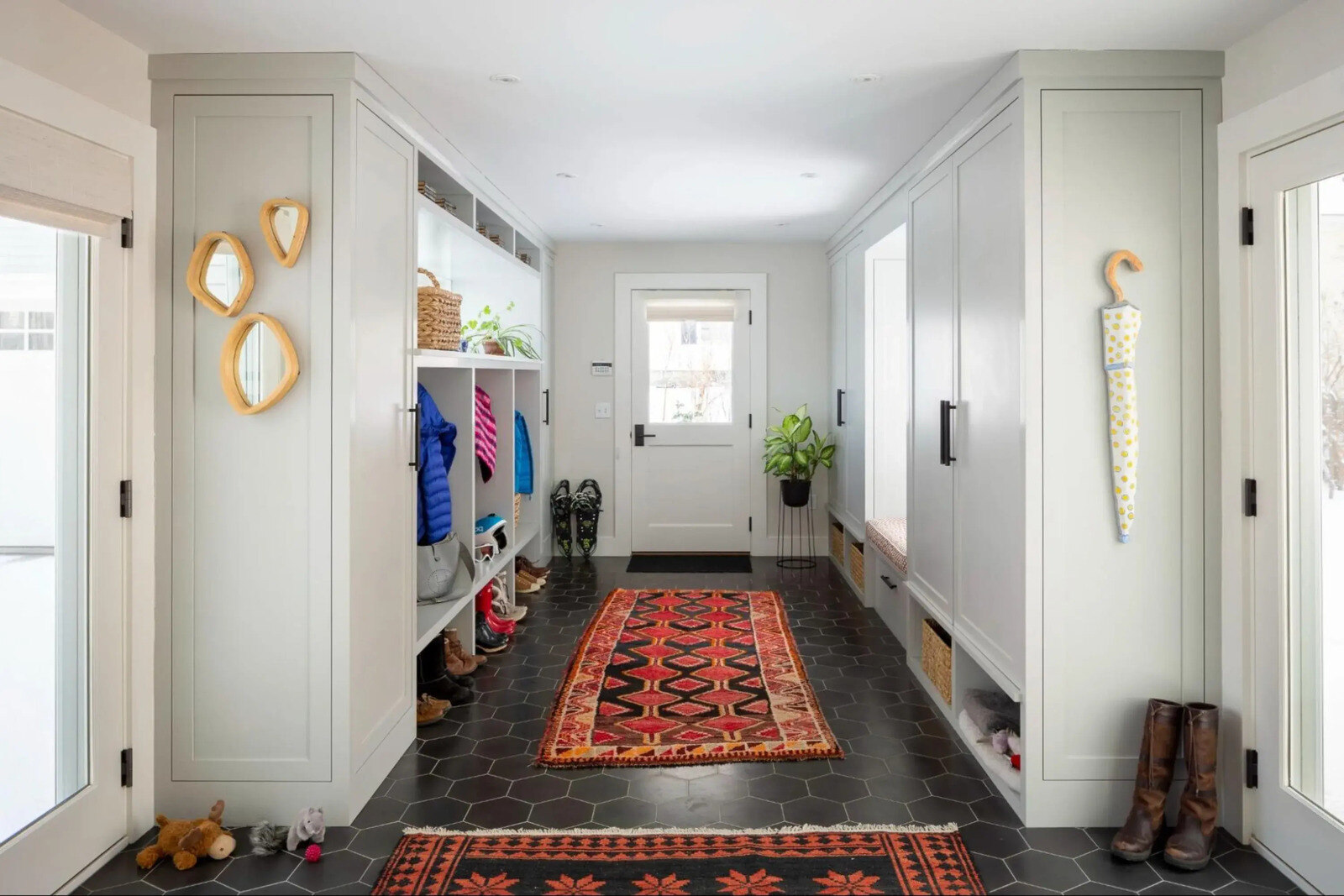
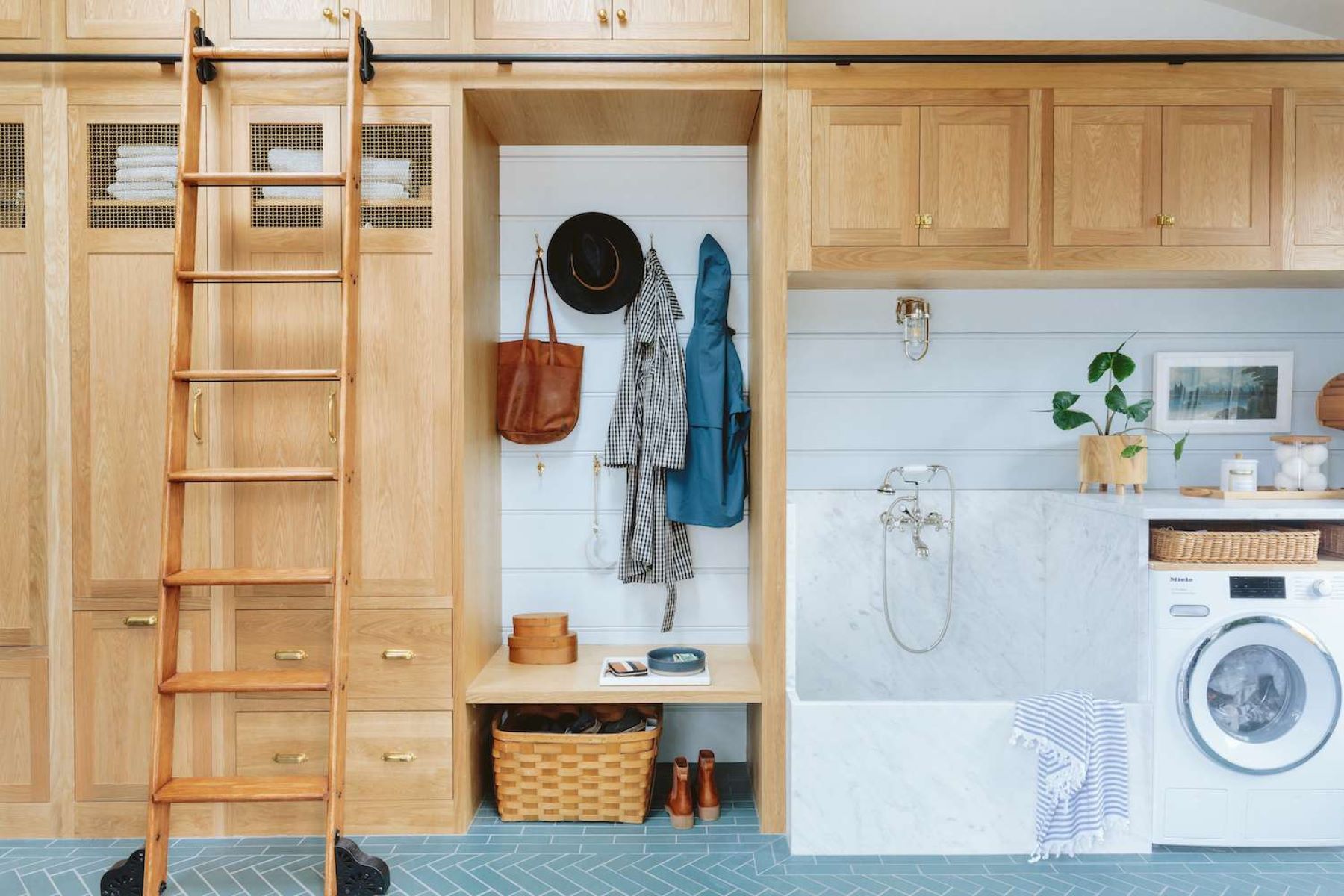
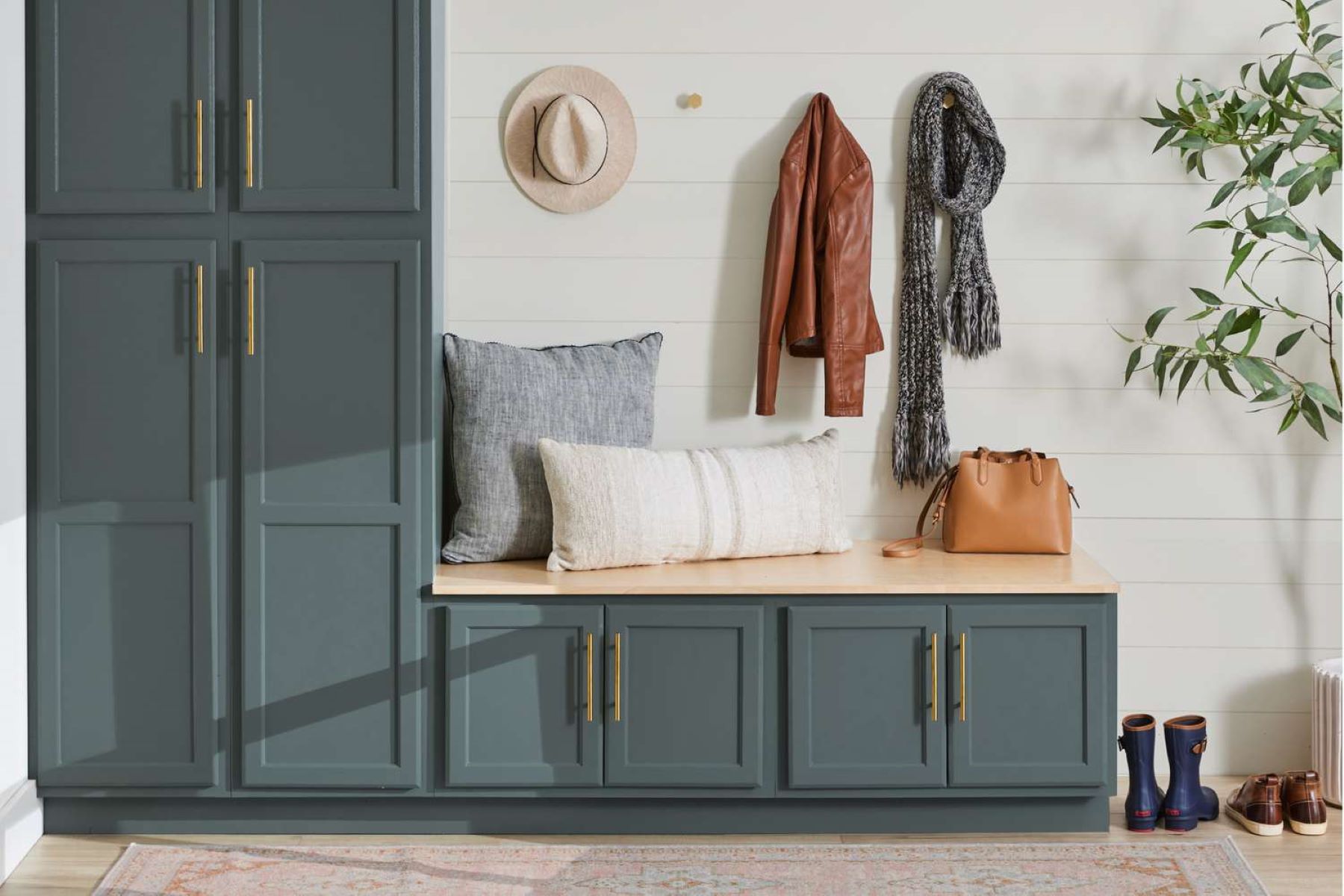
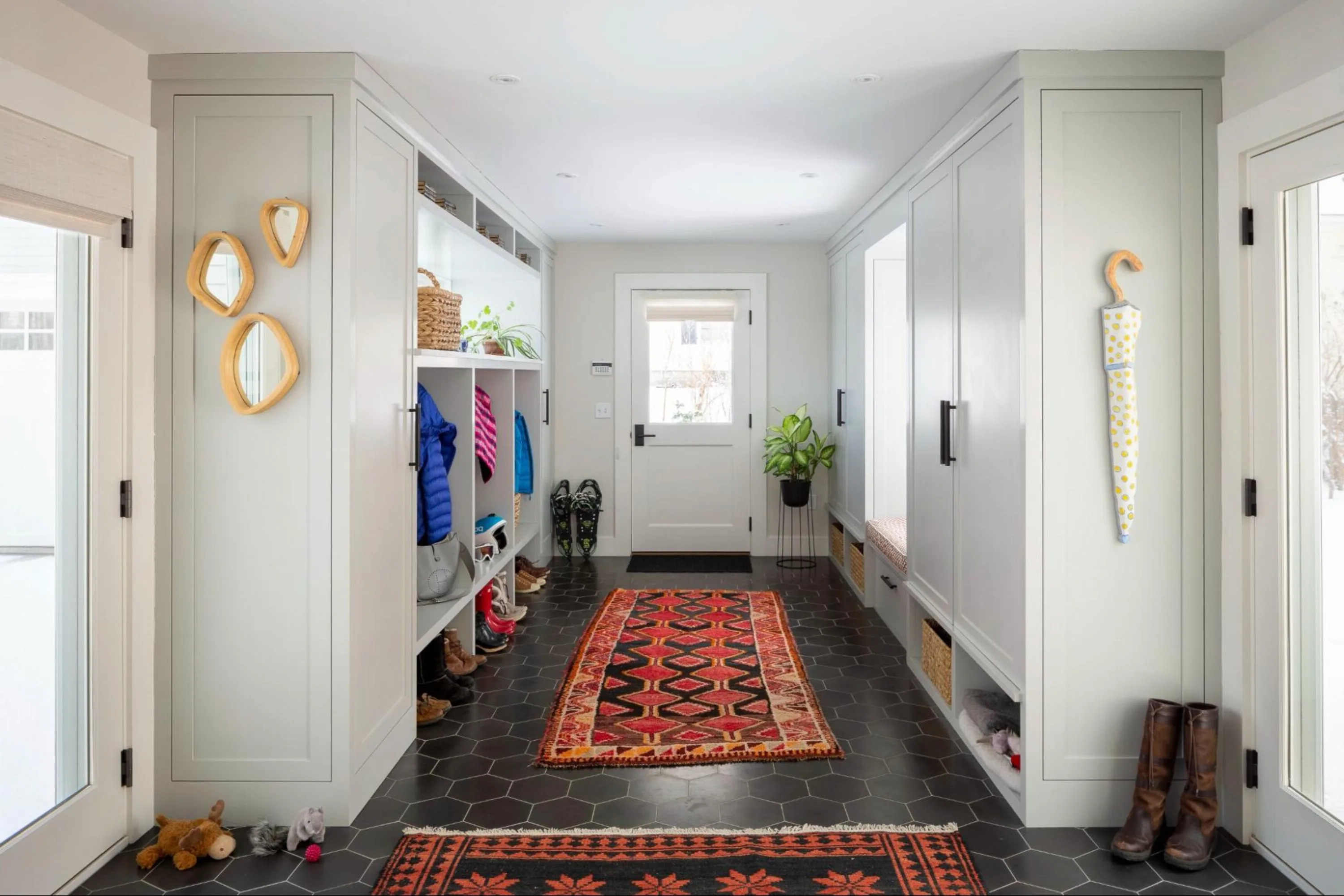

0 thoughts on “Creating A Functional Mudroom With Built-in Humidifier”